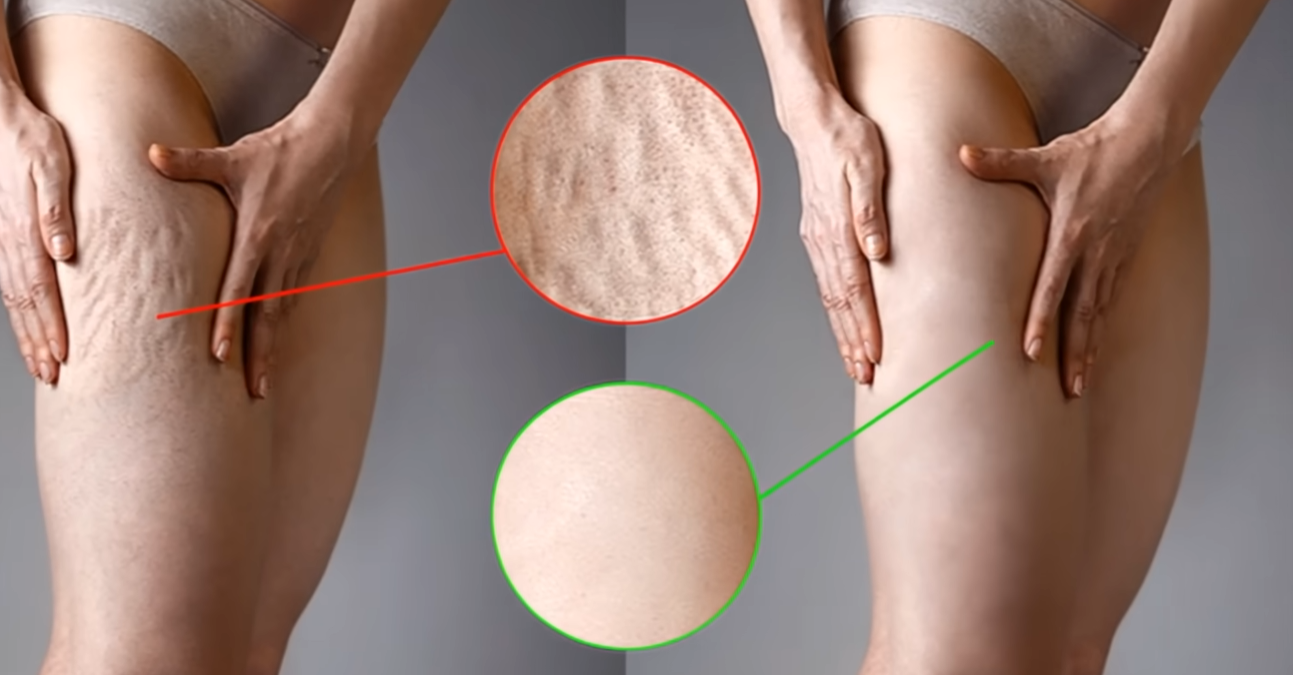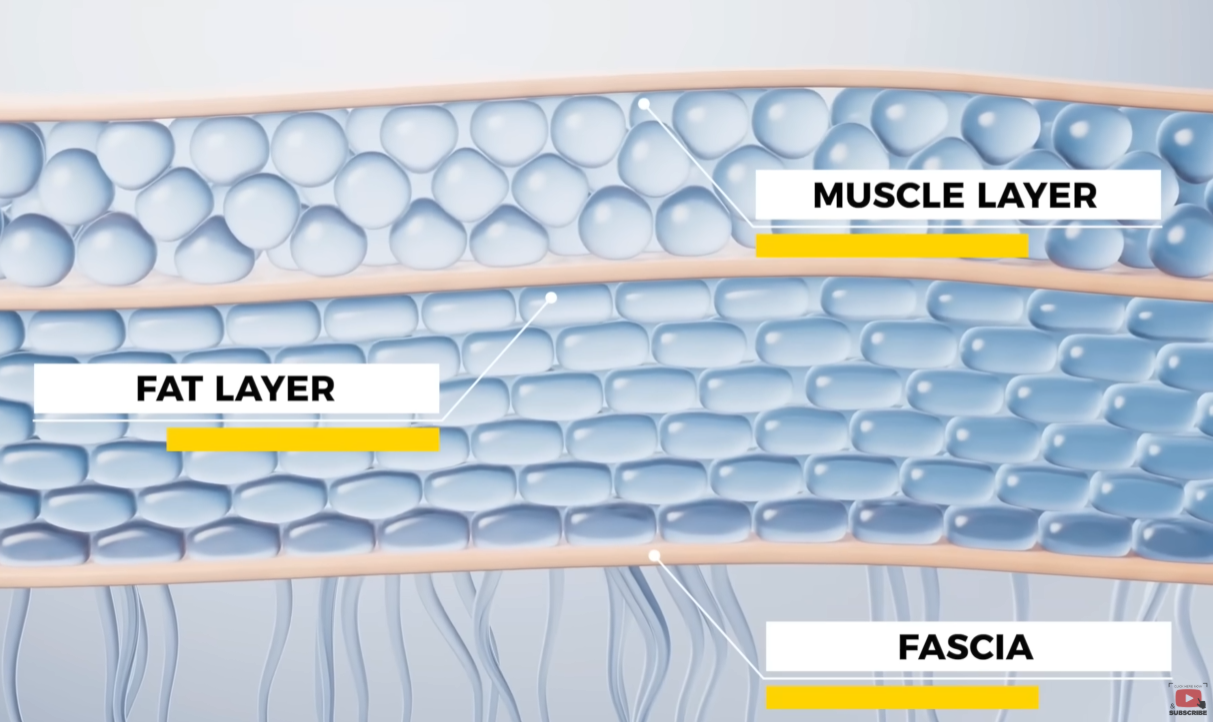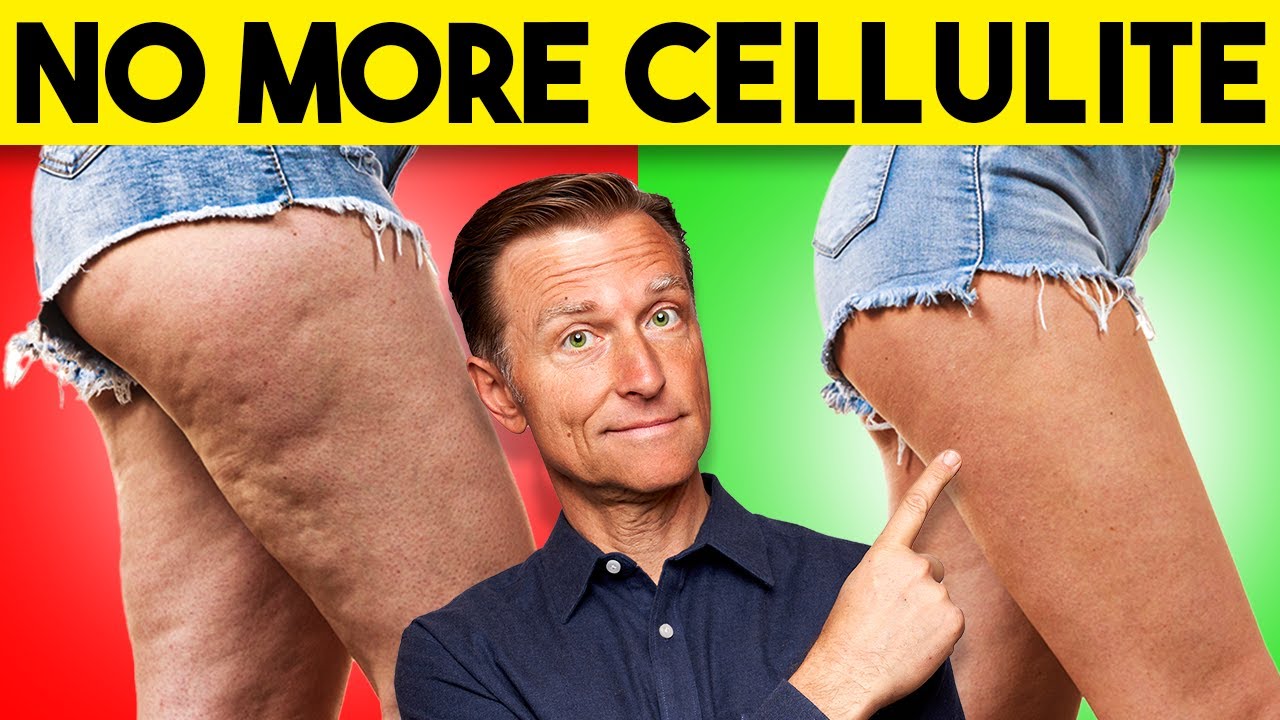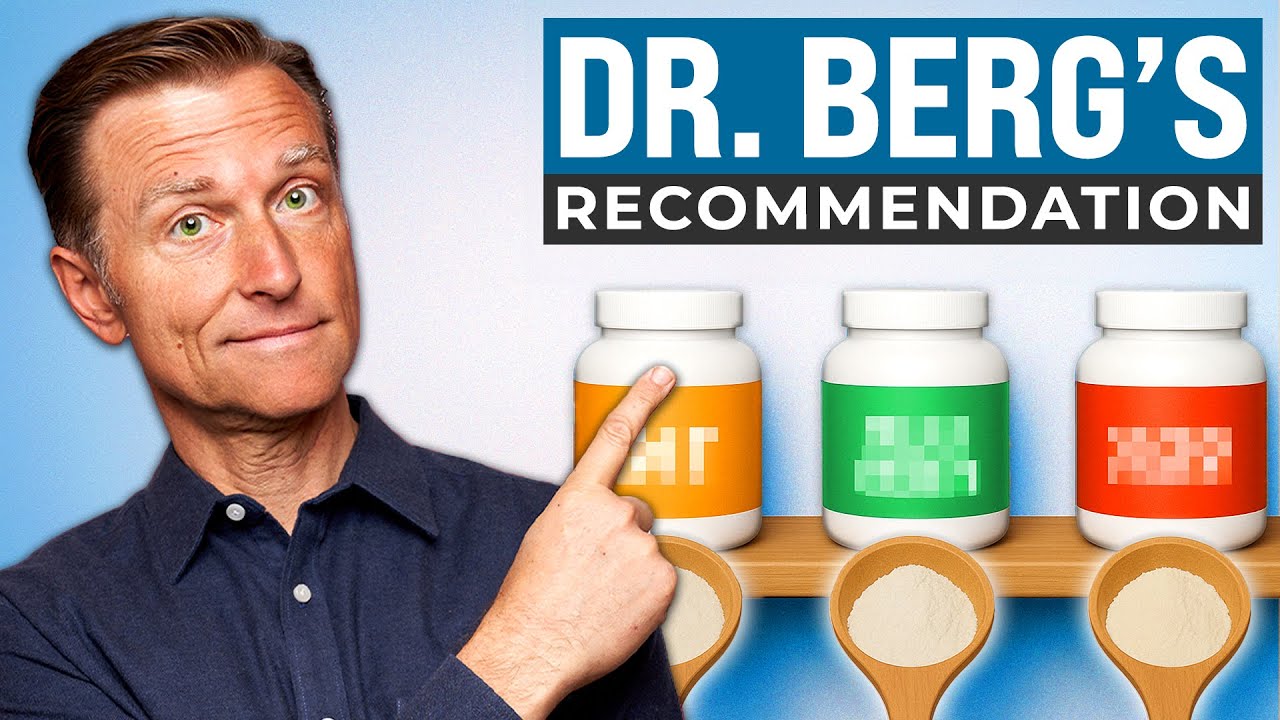If you’ve been struggling with stubborn cellulite on your thighs or buttocks, you’re not alone. Millions of people, especially women, deal with this frustrating condition—often despite weight loss or a healthy diet. But here’s the good News: targeting cellulite isn’t just about shedding pounds. It’s about rebuilding the body’s structural support beneath the skin, and this article will walk you through exactly how to do that—based on science, not fads.

What Is Cellulite, Really?
Before jumping into solutions, let’s clarify what cellulite actually is—and what it isn’t.
Cellulite appears as dimpled, uneven skin, primarily on the thighs and buttocks. Contrary to popular belief, cellulite is not just a fat issue. Rather, it involves the connective tissue known as fascia that lies between the skin and muscle.
Under normal conditions, fascia is tight and smooth. But when it’s weakened—due to hormonal fluctuations, inactivity, or age—it allows fat cells to bulge through, creating the classic “cottage cheese” appearance. This disruption can worsen when collagen—the protein that maintains fascia integrity—breaks down.
Why Cellulite Forms Primarily Below the Waist
Cellulite mostly affects the thighs and buttocks and rarely appears on the arms, abdomen, or chest. Why? These areas are more hormonally sensitive and have a higher concentration of subcutaneous fat and connective tissue changes, especially in women.
Estrogen plays a big role here. During menstruation, estrogen promotes the production of collagen-dissolving enzymes to help shed the uterine lining. But over time, this monthly process can also affect collagen elsewhere in the body, including the fascia under your skin—contributing to cellulite formation.

Why Diet Alone Won’t Fix Cellulite
You might think that taking collagen supplements or eating collagen-rich foods is enough to repair connective tissue and eliminate cellulite—but unfortunately, that’s only part of the equation. While dietary collagen provides raw material, mechanical stress (i.e., exercise) is the real driver of new collagen formation.
You can’t rebuild what you don’t stimulate.
The Most Effective Exercise for Cellulite Reduction
So, what’s the single most powerful method to reduce cellulite naturally and effectively?
Incline sprinting—or hill sprints—are the gold standard.
Here’s why:
- Mechanical stress triggers collagen production in connective tissue, improving skin tone and reducing dimpling.
- Hill sprints engage multiple muscle groups: glutes, hamstrings, quads, and calves—all areas prone to cellulite.
- Uneven terrain forces micro-stabilization, enhancing the neuromuscular demand and stimulating fascia remodeling.
- The short bursts of high-intensity effort also burn subcutaneous fat—the layer just under the skin that contributes to cellulite appearance.
This workout offers more benefits in just 30 seconds of effort per session than most hour-long routines.
How to Get Started Safely
Jumping straight into hill sprints can be risky, especially if you’re not conditioned. Here’s a safe progression plan to help your body adapt:
Week 1–2: Foundational Strength
- Slow Squats: 4 seconds down, 2 seconds up.
Start with 3 sets of 10 reps daily. - Step-down Lunges: Alternating legs, slow and controlled.
3 sets of 10 reps, twice a week.
These movements prime the glutes and thighs, laying the groundwork for higher intensity.
Week 3–6: Plyometric Transition (Optional)
- Jump rope or box jumps: Low volume to begin.
Aim for 30–60 seconds, 2–3 times per week. - These exercises further enhance collagen-stimulating forces.
Week 6+: Sprint Integration
- Incline Hill Sprints:
- Find a moderate incline (uneven terrain is ideal).
- Sprint uphill for 10–20 seconds at maximum effort.
- Rest for 3–5 minutes between sprints.
- Repeat for 2–3 rounds.
- Walk downhill slowly—this adds eccentric muscle stress and increases stability.
Start with once a week and gradually progress. If you experience soreness, allow full recovery before repeating.

Additional Tools for Collagen Support
While exercise is the backbone, certain topical ingredients can support collagen preservation and limit enzymatic breakdown:
- Green coffee bean oil: Naturally inhibits collagen-degrading enzymes.
- Retinol (Vitamin A): Encourages skin regeneration.
- Green tea extract: Loaded with antioxidants to protect skin structures.
These ingredients are often combined in high-quality cellulite creams and may offer supplementary benefits.
Nutrition Tips to Support Tissue Repair
To rebuild collagen and connective tissue from the inside, prioritize:
- Protein-rich meals with amino acids like glycine and proline (found in chicken skin, bone broth, and eggs).
- Vitamin C (from citrus fruits, bell peppers) — essential for collagen synthesis.
- Zinc and copper, trace minerals found in nuts, seeds, and shellfish, to support enzyme functions.
- Hydration: Fascia health depends on adequate fluid intake. Aim for at least 2.5–3 liters per day.
Avoid ultra-processed foods and excessive sugar, which can accelerate collagen breakdown and inflammation.
How Long Until You See Results?
Cellulite is a structural issue—not just a cosmetic one. And like any structural change, it takes time. Most people start seeing visible improvements within 3–6 months of consistent effort. For deeper, long-lasting fascia remodeling, expect 6–12 months.
But rest assured, you’re not just improving your appearance. You’re boosting your metabolism, reducing fat stores, and improving joint health and muscular function in the process.
Final Thoughts: Cellulite Isn’t Your Enemy—Inaction Is
Remember, cellulite is not a flaw—it’s a signal that your connective tissue needs attention. Rather than fighting your body, work with it. By combining smart movement, science-backed nutrition, and targeted support, you can visibly reduce cellulite and restore confidence in your body.
Ready to Take the Next Step?
If you found this guide helpful, check out my other articles on body sculpting, fascia health, and hormone-friendly workouts. Or, if you’re looking for a personalized plan tailored to your goals and lifestyle, reach out for a professional consultation today.
Your strongest, smoothest self is waiting—one hill at a time.



